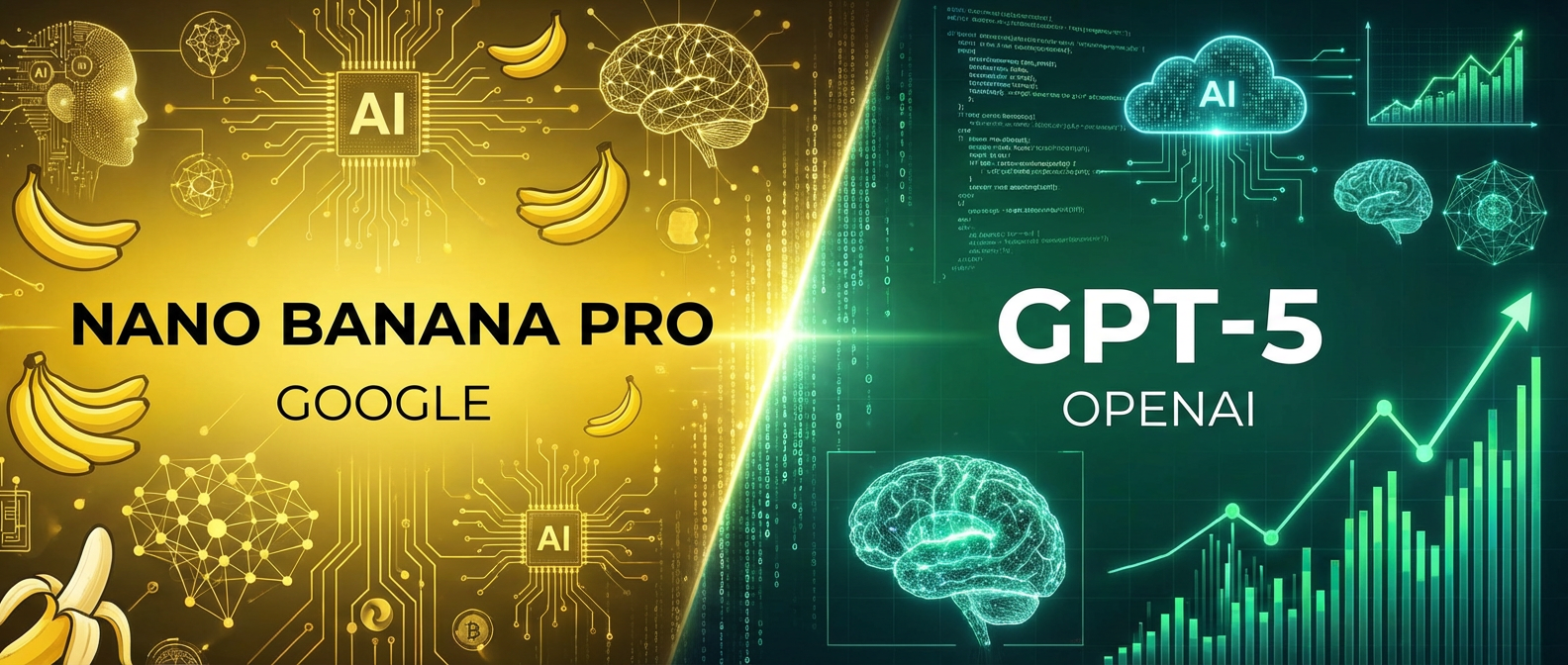Recently, AI tools and chatbots like ChatGPT became very useful in everyday life, work, and education. To the extent that educators now start to worry about the use of AI by their students. So, can teachers tell if students use ChatGPT? The answer seems simple. But we need to go into detail to understand when a student can use AI and still make original work. What's the difference between AI use to seek information and outright cheating? This article explores ways to detect AI-based cheating. It also offers tips both for teachers and students on using AI in fair and useful ways.
What is ChatGPT?
OpenAI developed ChatGPT. It is a tool that generates text that looks very human. It can write essays, answer questions, and even hold conversations. Many students use it for help with their schoolwork. This brings up questions about honesty and originality. When students submit work generated by AI, it can be hard to know if they truly understand the material.
How Detection Tools Work
Teachers now have tools to help spot AI-written content. These tools (also often based on AI) look for specific patterns in the text.
Plagiarism Checkers
Tools like Turnitin (https://turnitin.com) now include features to detect AI writing. They analyze the text for signs of AI. These include repeating structures and odd word choices. These tools compare the student's work to a vast database of known outputs - by AI or human authors. Those tools look for similarities and may show them to an educator.
AI Detectors
Some tools are designed just to spot AI-generated text. They use algorithms to find patterns typical of AI writing. The truth is: AI often uses similar sentences, words, and a more 'generic' way to write than most human writers do. AI detectors are updated as those technologies evolve.
Challenges in Detection
Detection of text written by GPT or other AI models is possible and is often used nowadays. But finding AI content has its problems:
Human-like Text
ChatGPT is very good at writing text that looks like a human wrote it. This makes it tough for teachers to tell if a student used AI just by reading the text. A person may use specific prompts to ask AI to write in a more humane manner, to write in a certain style, etc.
AI Technology Improvements
AI technology improves. It becomes better at mimicking human writing. This makes detection harder. At the same time, detectors also get more and more robust.

Tips for Teachers
Here are some practical steps teachers can take to spot AI use:
Know Student Writing Styles
If you know how a student usually writes, you can spot changes. These changes might suggest they used AI. Sudden improvements in writing quality or a shift in style can be a red flag.
Use Detection Tools
Regularly use AI detection tools on student assignments. These tools can help you catch suspicious content that might not be obvious at first glance.
Promote Transparency
Talk to your students about AI tools and their proper use. Encourage them to be honest about when and how they use these tools. Make it clear what is acceptable and what isn't.
Tips for Students
Students can use AI tools ethically. Chat GPT and other chatbots may give a lot of useful information. Here are some guidelines:
Use AI to Learn
Use ChatGPT to brainstorm ideas. It helps with hard concepts and gives inspiration. But when it comes to writing assignments, use your own words and try not to write large texts based on AI entirely. It is also important to fact-check the information given by AI. Chatbots sometimes tend to hallucinate and give incorrect information. Still, much value comes from using such tools. They can be helpful for research, idea generation, and getting information.
Cite AI Use
If you use AI to help with your work, mention it. For example, you can say, "I used ChatGPT to help brainstorm ideas." This shows honesty and helps maintain academic integrity.

Develop Your Skills
Relying too much on AI can prevent you from improving your own skills. Focus on improving as a writer and thinker. Do this by practicing and seeking feedback from teachers. You may also seek feedback from ChatGPT or use other tools that focus on improving text. Hemingway and WritingMate are two good examples.
Preventing Detection
Some students might still try their best to avoid detection, but this comes with risks:
Changing AI Text Slightly (Patchwriting)
Changing AI text slightly (patchwriting) might fool some detection tools or teachers. But, it's still dishonest and may become known later. It's always better to use AI as a helper, not a crutch.
AI Humanizers
These are tools that make AI text look more human. They might work temporarily. But, they raise serious ethical issues and don’t help you learn. In my opinion, there is no warranty that the text won't be seen as AI-written. Also, some AI humanizers make few actual changes to the text.
Why Is This Topic Important?
Both teachers and students must understand the value of spotting AI-generated text. For educators, ensuring that students are learning and not just relying on AI is vital. For students, submitting AI-generated work can mean missing out on important learning opportunities.
Ethical Considerations
Using AI tools in education is not inherently bad, but it must be done ethically. Here’s why:
Fairness
Fairness is at stake. Students who use AI to complete assignments gain an unfair advantage. They have an advantage over those who do not.
Learning
Relying too much on AI can hinder a student’s ability to learn and grow. The main goal of education is to develop skills and knowledge. This cannot happen if AI does all the work.
Integrity
Academic integrity is fundamental in education. Using AI-generated content without proper acknowledgment breaches this principle.
Practical Classroom Strategies
To address AI use, educators can use practical strategies in class:
Assignments Design
Create assignments that require personal reflection, unique perspectives, or specific classroom discussions. These types of assignments are harder for AI to complete authentically.
In-Class Writing
Include more in-class writing tasks where students must write by hand. This helps teachers better understand each student's writing style.
Drafts and Revisions
Encourage students to submit drafts and revisions. This process shows the development of their ideas and writing, making it harder to use AI without detection.
Future of AI in Education
The future of AI in education holds both promise and challenges. AI can help learning. But, educators must ensure it is used well. Continuous updates to detection tools and adapting teaching methods will be essential.
Conclusion
Using ChatGPT and other AI tools in education has both benefits and challenges. Teachers and students need to work together to use these tools responsibly. Transparency and ethics benefit everyone. They let us use AI's advantages while keeping academic integrity.
Use multiple AI models to get their benefits. They will improve your AI-written texts. Try our solution, Writingmate. It can produce high-quality text that is hard to detect and also create pictures if needed.
Written by
Artem Vysotsky
Ex-Staff Engineer at Meta. Building the technical foundation to make AI accessible to everyone.
Reviewed by
Sergey Vysotsky
Ex-Chief Editor / PM at Mosaic. Passionate about making AI accessible and affordable for everyone.



